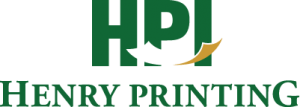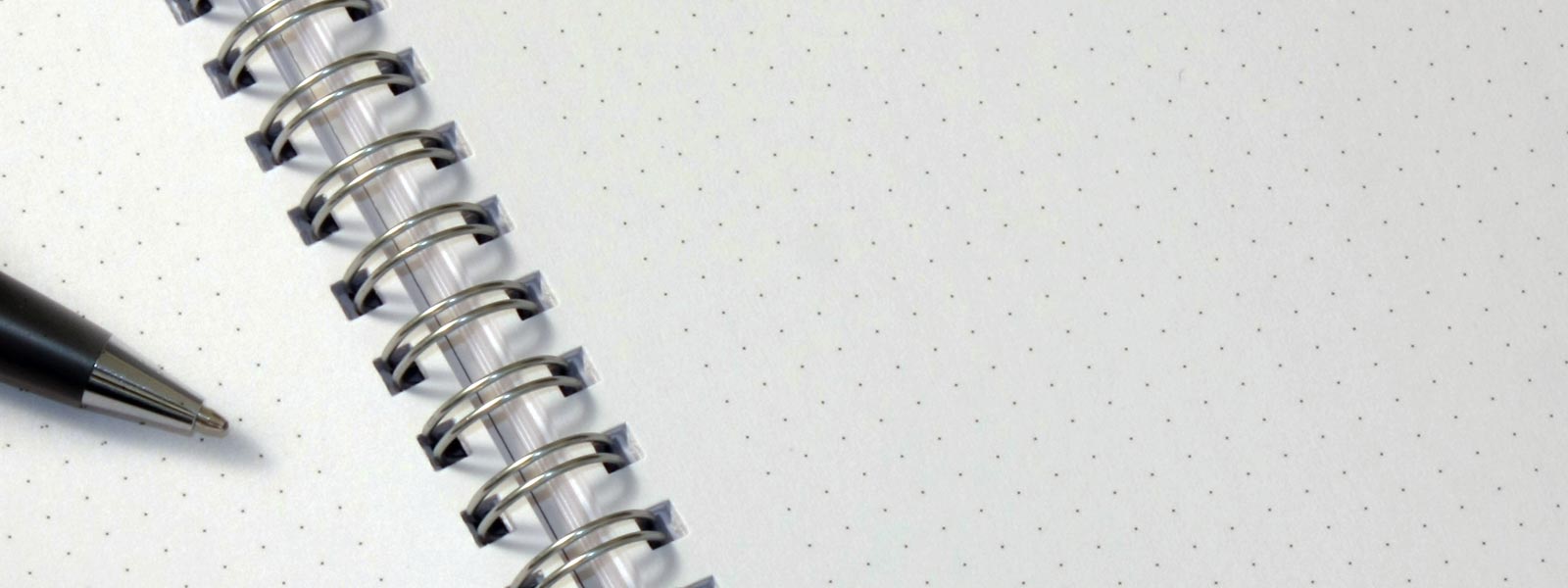- Advertising Specialties
- Bindery Services
- Booklets
- Branding Solutions
- Business Cards
- Banners
- Color/BW Digital Copies
- Direct Mail
Notepads
- Envelopes
- Flyers
- Graphic Design
- Letterhead
- Post-it Notes
- Post Cards
- Posters
- Print Ready Project Upload


With a wide variety of products, custom in-house capabilities and first-rate service, no one serves the printing needs of Southern Illinois as well as Henry Printing.
Since our first day in 1972, we have been learning, growing and adapting to keep pace with your ever-changing needs. We invest in the latest equipment and software, employ and train the best people and never forget that we owe our success to you, our customers. We use quality materials and maintain high standards of production to ensure that our final products put your best image forward. Our services include: digital printing from full color to black and white, graphic design, digital layout and formatting, variable data printing, direct mail and bindery services.
Online Ordering
Submit your print order to us online and eliminate the hassles!Web to Print
The advantages to using our web-to-print are significantDedicated Support
Our service team cares about your print project as much as you do, you can count on us!Useful Tips
When creating artwork for print, there are a few things to consider.
- All images to be used in print materials should be at least 300 dpi.
- Artwork that extends to the edge of the printed piece must include a “bleed”. This means extending the artwork past the final trim by 1/8 of an inch.
- Do not manually put crop marks on the artwork.
Most printed materials use CMYK or spot colors as their color profile. these inks are combined in the printing process by forming small rosettes which create the illusion of a complex color.
Pantone spot colors are universally known ink colors with specific mixing instructions to ensure the color matches each time.
RGB color stands for Red, Green, and Blue, which are the colors displayed by an electronic screen. The reason that colors on the printed piece look different from the colors on your monitor is that RGB color is displayed using electronic light produced by your monitor. Printed materials rely on surrounding light to display their colors. Printed materials also tend to be slightly less vibrant due to paper type, and ink selection.
The designers at Henry Printing can assist you with paper selection and color choices before starting a project.
If you are creating artwork that has no margins (artwork that extends all the way to the edge of the printed piece), create a bleed. Bleeding artwork means that you extend it past its margins preferably by 1/8 of an inch.
Save yourself time and money by following these steps when submitting a complex project to Henry Printing. Rather than doing the layout yourself, you might find it easier to submit an unformatted text document along with photos and other images. Our designers will then place the photos and images while flowing the text around them. This way your final document will have the correct margins, bleeds, and folding panels.
- Bleed: Printing that goes to the edge of the sheet after trimming.
- CMYK: Cyan, Magenta, Yellow, and Black inks and toners used to simulate complex color.
- Coated Paper: A clay-coated paper with a gloss, dull, or matte finish.
- Crop Marks: Printed lines showing where to trim a printed sheet.
- Duotone: A halftone picture made up of two printed colors.
- Four-color Process: Combining 4 basic ink colors to create the illusion of many colors.
- Halftone: Converting a continuous tone to dots for printing.
- Knock out: To mask out an image.
- PMS: the abbreviation for Pantone Color Matching System.
- RGB: Color is displayed using brightness values of Red, Green, and Blue.
- Saddle Stitch: Binding a booklet or magazine with staples in the seam where it folds.
- Score: A crease put on paper to help it fold better.
- Trapping: The ability to accurately print one ink over the other.
- Uncoated Paper: Paper with no clay coating as in common letterhead or copy papers.
Things to Know when Submitting Files
- Set up artwork in a page layout program such as InDesign whenever possible.
- Set up files to correct size and include positioning information.
- Include 1/8″ bleed when necessary.
- Please keep all images and text that do not bleed at least .25 inch inside the final trim.
- We recommend not using borders near the edges of the finished piece.
- Photos and artwork must be CMYK. (RGB images are not acceptable.)
- Image resolution should be 300 dpi or higher.
- Use the same color names in all files.
- When printing spot colors, your color palette should use named Pantone colors only.
- We do not color match to customer supplied printouts.
Henry Printing uses the Mac OS X operating system.
Our Software
InDesign
Photoshop
Illustrator
Acrobat Professional
Software with “issues”
Pagemaker files are unpredictable in the Mac OS X operating system. Please use alternative software.
Microsoft Word and Publisher files with images will probably work for digital printing – call for details.
File Formats Mac
.EPS
.PDF
File Formats for PC
Mail lists – .xls, .dbf, ASCII or .txt delimited
Simple text documents – .doc or .txt
- Files may be submitted by USB flash drive, CD, DVD, e-mail, hard copy or uploaded to website.
- Send all files being used – fonts, graphics, etc.
- Use the “Package” command for InDesign to gather all links and fonts.
- Send only ONE version of the file that is to be printed.
- Duotones and Monotones “Embedded” in Illustrator will translate as CMYK images.
- Convert fonts to outlines/paths whenever possible.
- Postscript (Type 1) are no longer supported in Adobe Suites. Supported files include Opentype fonts (CCF) and Opentype fonts (TTF).
- Bold & Italic – be sure that your printer font has these styles built in before you use bold and/or italic from the style menu.
- Send all screen and printer fonts that you are using.
- Be sure file is “flattened”
- Make them the correct size – do not select “fit to paper”.
- Embed all fonts.
- Use correct colors.
- We can make only minor changes to PDF files.
- Bleeds must be 1/8″ on all sides.

